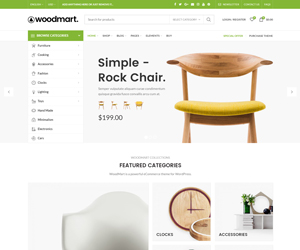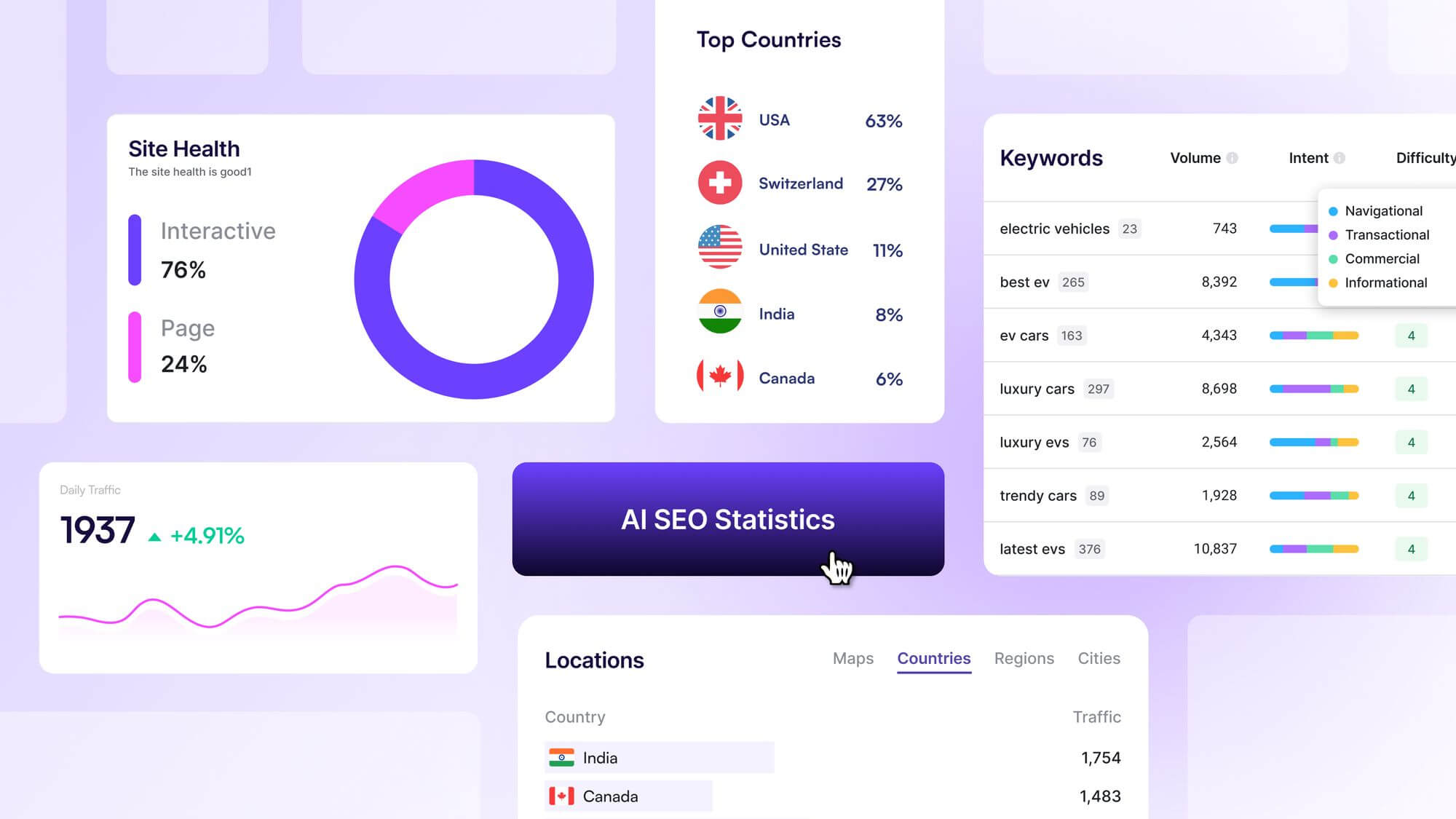Search Engine Optimization (SEO) is your ticket to better online visibility, increased website traffic, and ultimately, more sales. At the heart of SEO is on-page optimization, a process that ensures your website is structured in a way that search engines and users can understand and appreciate. This guide dives into what on-page SEO entails, why it matters, and actionable steps you can take to enhance your site’s performance.
What is On-Page SEO?
On-page SEO refers to the practice of optimizing individual web pages to improve their search engine ranking and attract more relevant traffic. It involves refining your content, HTML source code, and overall site structure to align with search engine algorithms. Unlike off-page SEO, which focuses on external factors like backlinks, on-page SEO is entirely within your control.
Key Elements of On-Page SEO:
- Keywords and content
- Metadata (titles, descriptions, and tags)
- URL structure
- Internal linking
- Page speed and mobile-friendliness
- Schema markup
Why Is On-Page SEO Important?
Imagine you’re running a shop in a massive mall. Without clear signage or a well-organized layout, even interested shoppers might pass you by. On-page SEO is the digital equivalent of ensuring your store is easy to find and navigate. When done right, it helps search engines understand your site, improves user experience, and drives qualified traffic—people actively looking for what you offer.
How to Optimize Your Website for On-Page SEO
1. Conduct Thorough Keyword Research
Keywords are the foundation of SEO. They connect your content with the queries users type into search engines. Here’s how to get it right:
- Map Your Pages: Identify the primary purpose of each webpage (e.g., product descriptions, service offerings, or blog posts).
- Find Relevant Search Terms: Use tools like Google Keyword Planner, Ahrefs, or SEMrush to find high-volume, low-competition keywords relevant to each page.
- Focus on Intent: Ensure the keywords you target align with the purpose of the page, whether it’s informational (“how to remove ingrown hairs”) or transactional (“buy natural body balm UK”).
Pro tip: Avoid keyword stuffing. Instead, use natural phrasing and semantic keywords to maintain readability and relevance.
2. Optimize Metadata for Maximum Impact
Metadata acts as your website’s first impression on search engines and users. It’s critical to optimize the following:
- Title Tag: This is the clickable headline on search engine results pages (SERPs). Include your primary keyword, keep it under 60 characters, and make it compelling.
- Example: “All-Over Body Balm (nkd) | Best Aftercare for Waxing & Shaving”
- Meta Description: Though not a ranking factor, a strong description improves click-through rates (CTR). Use actionable language, include keywords, and limit it to 155 characters.
- Example: “Hydrate, soothe, and prevent ingrown hairs with our 97% natural post-hair-removal body balm. Vegan, soothing, and perfect for sensitive areas.”
3. Create High-Quality Content
Content is king in SEO, but only if it serves the user. Optimize your content with these strategies:
- Use Headers Effectively: Structure your page with clear H1, H2, and H3 tags. Include your primary keyword in the H1 and use secondary keywords in subheadings.
- Match Search Intent: Check the top-ranking pages for your target keyword to understand the depth and format users expect—whether it’s a short FAQ, a detailed guide, or a list.
- Boost Credibility: Include trust signals like certifications, testimonials, and author bios. Google’s E-E-A-T (Experience, Expertise, Authoritativeness, Trustworthiness) framework prioritizes credible content.
4. Enhance Site Performance
Page speed and mobile-friendliness are critical to both SEO and user experience.
- Compress Images: Use tools like TinyPNG to reduce image file sizes without losing quality.
- Leverage Browser Caching: Store certain elements locally on users’ devices to improve load times.
- Ensure Mobile Compatibility: Test your site on Google’s Mobile-Friendly Test and prioritize responsive design.
5. Implement Schema Markup
Schema markup helps search engines display rich results, such as product reviews, prices, and FAQs. This extra visibility can improve your click-through rates significantly.
- For Products: Add structured data for price, availability, and ratings.
- For Blogs: Use FAQ schema to answer common questions directly on the SERP.
Example: A product page with schema might display:
- Price: £18.00
- Rating: ★★★★☆ (4.5/5)
Examples of Stellar On-Page SEO
- Montreal Weights: Uses precise, keyword-rich product titles like “Set of Adjustable Dumbbells (5 to 52.5 lbs)” to improve rankings and clarify product details.
- Good Inside: Highlights authority through creator credentials (e.g., doctor or bestselling author) and trust signals.
- Headphones.com: Leverages rich schema markup for product reviews and availability to stand out in search results.
On-Page SEO Checklist
- Keyword research: Identify primary and secondary keywords.
- Metadata: Optimize title tags and meta descriptions for each page.
- Content: Ensure relevance, depth, and proper keyword usage.
- Headers: Use structured headings (H1, H2, etc.).
- Page speed: Optimize images and enable caching.
- Mobile-friendly design: Test responsiveness across devices.
- Internal links: Create a logical site hierarchy with links.
- Schema markup: Add structured data for enhanced SERP visibility.
FAQs About On-Page SEO
1. What’s the difference between on-page and off-page SEO?
On-page SEO focuses on optimizing your own website (content, structure, and metadata), while off-page SEO involves external factors like backlinks and social signals.
2. How often should I update my on-page SEO?
Review your on-page SEO quarterly or when introducing new pages/products. Monitor metrics like rankings and bounce rates to identify areas for improvement.
3. Why are internal links important?
Internal links guide search engine crawlers through your site and indicate the relative importance of pages, improving their chances of ranking.
Investing in on-page SEO not only improves your rankings but also ensures a seamless and enjoyable experience for users. With these strategies, you can drive organic growth and build a website that both search engines and customers love.






